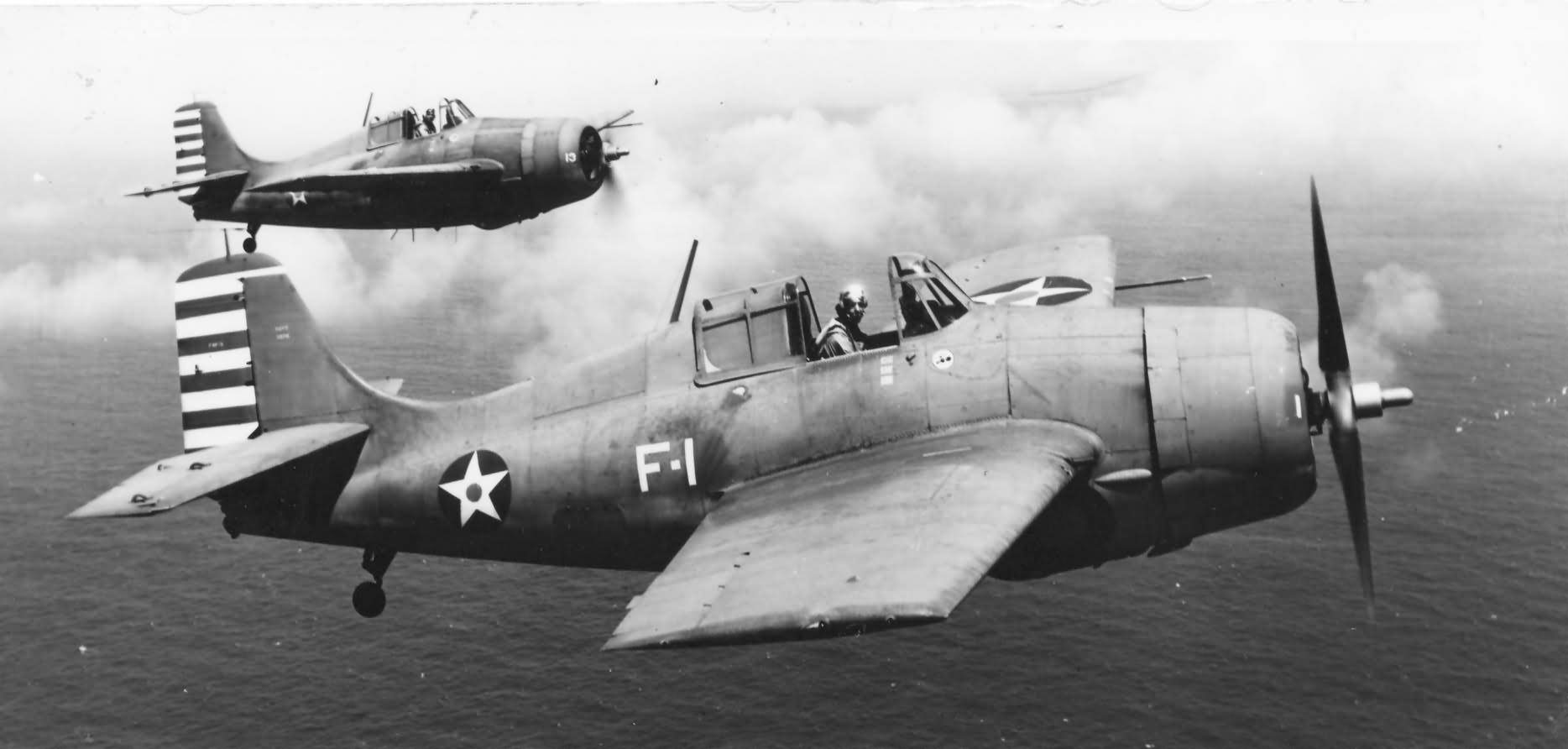The Grumman F4F-3A Wildcat was a variant of the F4F-3 designed as a stopgap measure to ensure the availability of fighters for the U.S. Navy and Marine Corps during the early days of World War II. This version had slightly reduced performance compared to the standard F4F-3 due to differences in the engine’s supercharging system. Here’s an overview of the F4F-3A Wildcat:
Grumman F4F-3A Wildcat Overview:
Development and Background:
- The F4F-3A was developed in response to potential delays in the production of the Pratt & Whitney R-1830-75 and -86 engines, which were fitted with two-stage/two-speed superchargers. To avoid a gap in fighter availability, Grumman opted to produce a variant with the Pratt & Whitney R-1830-90 engine, which featured a single-stage/two-speed supercharger, resulting in slightly lower performance.
- Despite the reduced performance, it was deemed better to produce these aircraft than to have none available, particularly given the urgent demand for fighters during the escalating global conflict.
First Flight:
- The F4F-3A Wildcat made its first flight in early 1941.
Production Details:
- Total Number Built: 95 units
- USN Bureau Numbers: 3875 through 3969
Physical Characteristics:
- Wingspan: 38 feet
- Wing Area: 260 square feet
- Length: 28 feet 9 inches
- Height: 11 feet 11 inches
Powerplant and Propulsion:
- Powered by the Pratt & Whitney R-1830-90 Twin Wasp engine, a 14-cylinder, twin-row radial air-cooled engine.
- The engine produced 1,200 horsepower at takeoff and was fitted with a single-stage/two-speed supercharger, which was less efficient at higher altitudes compared to the two-stage supercharger used in the standard F4F-3.
- The aircraft used a Curtiss 3-blade constant-speed propeller with a 9-foot 9-inch diameter.
Armament:
- The F4F-3A was armed with four .50 caliber Browning machine guns mounted in the wings, the standard armament for Wildcats of the era.
Weight and Performance:
- Empty Weight: 5,216 pounds
- Gross Weight: 6,876 pounds
- Maximum Speed: 312 miles per hour at 16,000 feet
- Normal Range: 825 miles
- Initial Climb Rate: 2,430 feet per minute
- Service Ceiling: 34,300 feet
Operational History:
- The F4F-3A saw limited service due to its slightly reduced performance. The first 30 aircraft were delivered to the British Royal Navy, where they were designated as the Martlet III.
- The remaining aircraft were delivered to the U.S. Navy and Marine Corps, with the first F4F-3A being delivered to VMF-111 on April 10, 1941.
- Despite being a stopgap measure, the F4F-3A contributed to the overall strength of Allied air forces during the critical early months of the war.
